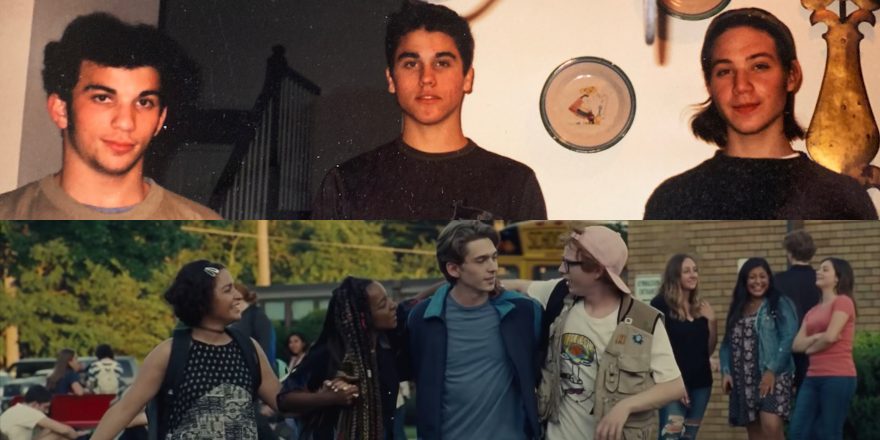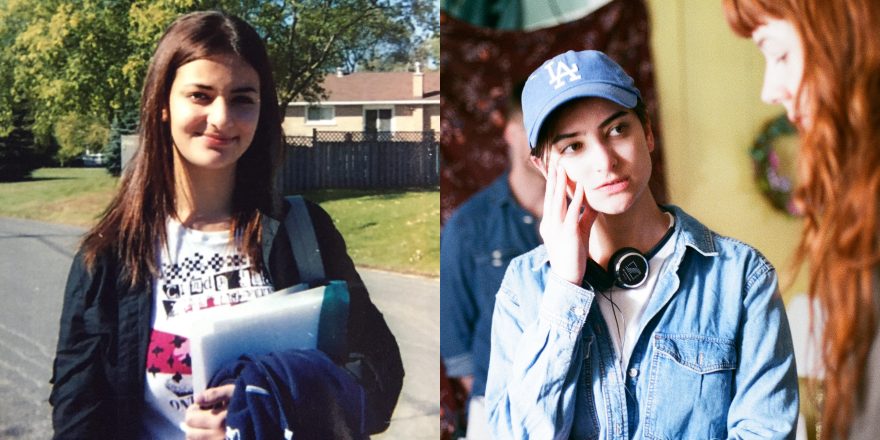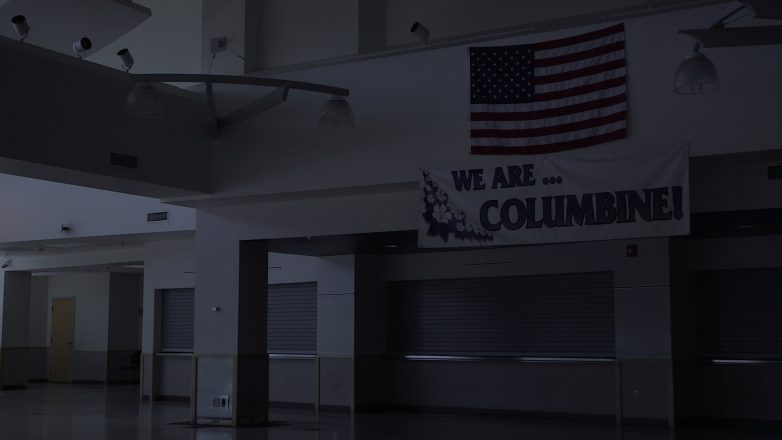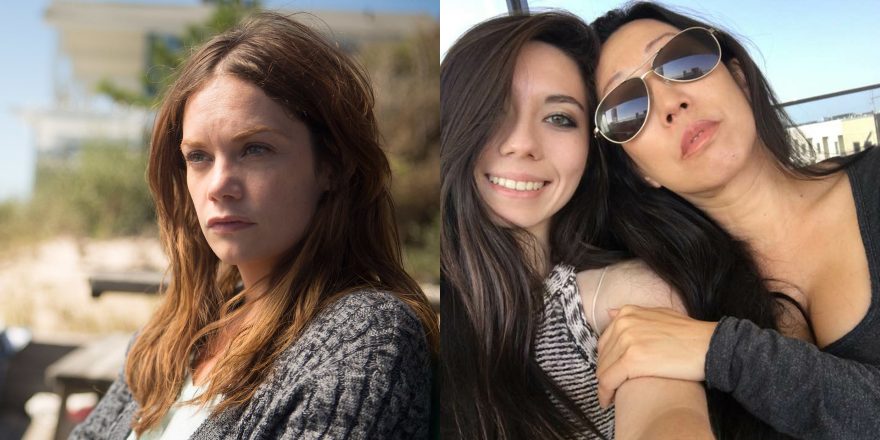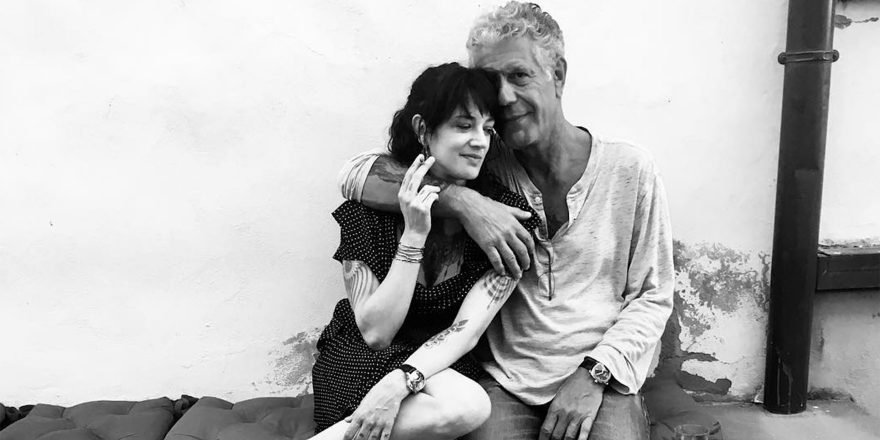It was 2003 — my senior year of high school — and I was screening the first cut of my short film for a classmate in a dark editing room. The six-minute movie was my attempt to emotionally process the recent suicide of another student. I hadn’t known him personally, but his death had rattled me and settled into my consciousness. To my inchoate 17-year-old mind, that kind of tragedy was reserved for literature like Ordinary People, The Catcher in the Rye and Hamlet (all of which happened to be on my English syllabus that year).
Movies had always been my favorite mode of expression and escapism; I had recorded many backyard improvisations with friends and had spent plenty of time experimenting with my dad’s VHS camera, but this was the first film I had scripted, shot-listed and edited. I even worked up the courage to put myself in front of the camera in the lead role, which was nerve-racking for a kid who could be loud and opinionated but still felt pretty damn shy. The point is, I cared about this one. A lot.
That this boy, whom I passed in the hallway regularly, had hung himself from an oak tree in the woods near my house in an aggressively ordinary northern New Jersey suburb, was a concept so far outside the realm of my lived experience that, I suppose, the only way I knew to try to make sense of it was to make a film about it. I had thought about suicide before. Sometimes when I was feeling overwhelmed by high-school life, I wondered what it would be like not to exist — but I had never contemplated suicide as a realistic course of action. This other boy had, though. Maybe it started off as an abstract idea for him, too, a distant daydream to escape whatever was crushing his teenaged spirits that particular day. The difference between us was that the spigot from which his pain poured couldn’t be turned off, and its flow was powerful enough to turn an abstraction into an action.
As shocked as I was that he took his life, what I had more trouble accepting was that everyone who knew him was shocked, too. It raised a lot of questions for me. Was it possible for a person to hide their anguish so expertly as to render it invisible to even their closest confidantes? Did he even have anyone to talk to? Did he feel inhibited, much the same way my classmates and I felt inhibited from openly discussing his suicide? Why didn’t we give ourselves time to mourn and grieve his death? Why did we feel the need to turn his tragedy into a piece of macabre town lore days after it was reported, with classmates making weed and booze-fueled pilgrimages to the tree where it happened?
The film was my attempt to answer these questions. I chose to screen it for this particular classmate because he was involved in television production and because I respected his opinion. I wouldn’t have called us friends, exactly, but we were friendly enough and had regular conversations about movies we had seen. There we sat, for six minutes, watching my film about a high-school boy who grows increasingly unsettled by his town’s reaction to a classmate’s suicide. You can watch the short below, but a few words of warning: I stole the music entirely from the soundtrack to Steven Soderbergh’s Traffic, and I must have been in my Apocalypse Now phase because my laughable voice-over work is a blatant and failed attempt to impersonate Martin Sheen in that film. I made it when I was 17, so it is what it is … but part of what it is, is the first movie borne directly from my soul, wrestling its way into the material world.
My classmate sat watching with an unreadable expression on his face. I didn’t take it personally — as far as I could ever tell, he was a pretty cool customer, never overly emotive. When it ended, I flicked on the lights and asked him what he thought.
“Good. I liked it.”
“Any notes?”
“Not really.”
And that was it. I thanked him for his time, and he went on his way. Several months later, his parents found him hanging from the rafters in their garage when they came home from work.
His reaction to my movie had been as prosaic as most of my other classmates’ and friends’ reactions, and that confused me for many years after he killed himself. I have returned to that dark editing room time and again in my memory in search of anything I might have missed in the way of clues, symbolism, or foreshadow. But there were none. No tells, no signs, no real-world literary devices to ease my guilt over not having detected his suffering. Since then, I’ve realized that by the time he found himself watching my little film on suicide, he was probably an old pro at the prosaic response. He had been only a few months away from killing himself, which probably means he had spent years of his short life masking the aches and pains roiling inside of him.
“Good. I liked it.” How many sentences like that did he force out in any single day? I’ve often wondered how automatic and sharply honed his defenses were by that point in time. How high had he built his tower? How difficult must it have been for him to climb down and connect with another human being? It was no wonder everyone closest to him was stunned by his suicide. He, like the boy before him, had become an expert at faking it. To survive as long as they did, they’d had to. I understand that now.
In the immediate aftermath of my classmate’s suicide, my friends and I found ourselves parsing through our individual experiences with him to unearth some missing truth. On the very day he hung himself, a friend of mine had been on a bus with him coming back from a field trip and recalled that he was unusually quiet on the ride home and had a vacant expression in his eyes. When my friend asked him if he was OK, he said the boy lashed out and verbally attacked him.
Another remembered a time in gym class during which some of the boy’s own friends innocently poked fun at his badminton swing, and he appeared on the verge of tears in response.
Yet another was in possession of a porno magazine given to him by the boy years earlier, the pages of which allegedly contained his semen stains. True or not, it was such a bizarre and artful metaphor for a life stunted and frozen in time that it stuck with me, and I worked the story into my new film, Chemical Hearts, which you can see in the clip below.
Those two boys have never left my consciousness; there is an umbilical cord connecting the short film I made nearly two decades ago and Chemical Hearts, a feature I just made this past year.
If you see promotions for my film, you will probably get the sense that it’s a teenage romance movie. You might also catch a whiff of coming-of-age and mystery; to be sure, it is a grab bag of all of those things and more, but an element barely hinted at in promotional materials is the film’s persistent undercurrent of melancholy and mortality. The film is really about crossing the threshold from adolescence to adulthood through pain, loss, and death. And it all traces back to those two boys I knew in high school.
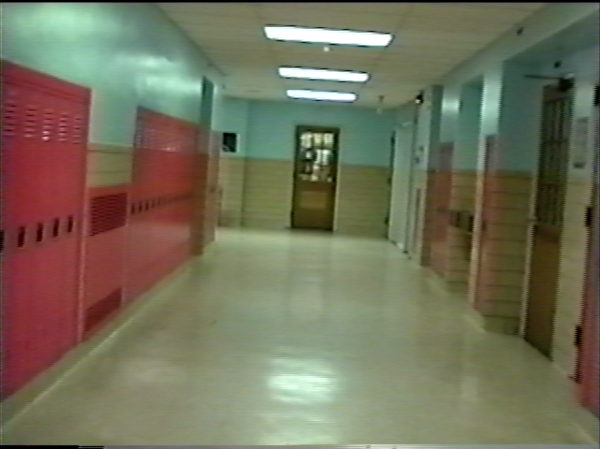
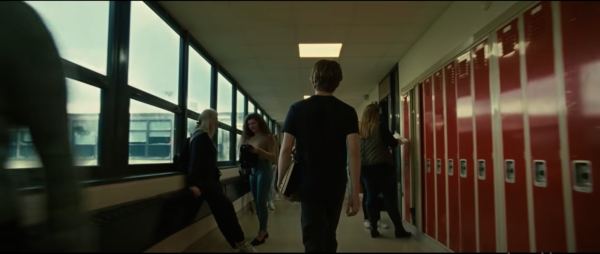
I thought about them a lot while writing and making this movie. I thought about the aching loneliness I felt as a teenager — and how it must have paled in comparison to what they were going through. That wasn’t obvious to me when I was younger. It was only after revisiting these long-buried feelings and memories while making Chemical Hearts that I began to understand how lucky I was to have been able to channel my adolescent emotions into short films, stories, poems and plays. Only now do I understand how lucky I was to have two best friends I felt comfortable opening up to about my problems. We certainly weren’t angels, but we listened to each other, and uncharacteristic of a lot of teenage boys in the late ’90s and early 2000s, we shared our feelings with each other and developed skills of empathy that have proven tremendously valuable well into our thirties.
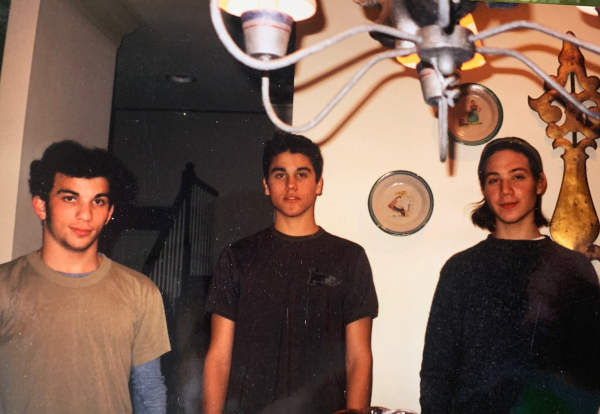
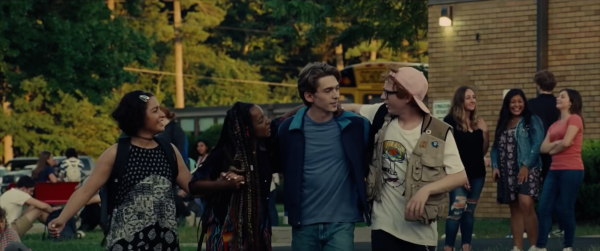
I’m still asking myself the same questions as when I made that first short film years ago. I don’t have any more answers than I did back then. But I know that talking about my pain with others, reflecting the anguish through my own art and seeing it refracted through someone else’s, has always helped me make sense of a frequently cruel and unfair world. It’s no accident that Grace and Henry, the two protagonists in Chemical Hearts, are both writers who find empathy and catharsis in each other and in their work.
I shot Chemical Hearts on 35 mm film to appropriate the beautiful, flickering imperfection of the movies I grew up watching. I shot it in and around my suburban New Jersey hometown on streets I drove through, in woods I traversed, in the corners of the neighborhood where my friends and I talked about life and death for the first time in our lives. Making this film reconnected me to the deep feelings of my youth in a way I never expected. To make this film was to realize that, like my two classmates, I have never stopped being a teenager. Since they aren’t here to tell about it, I thought I’d give it a try. I hope I did right by them.



